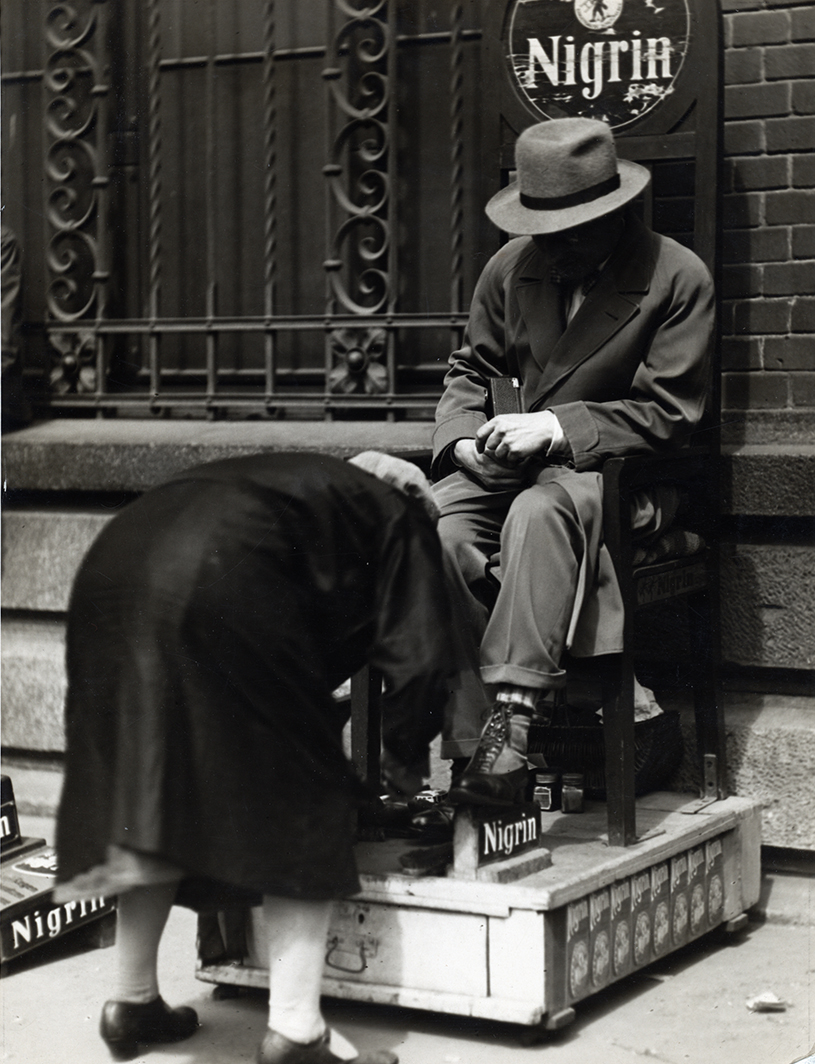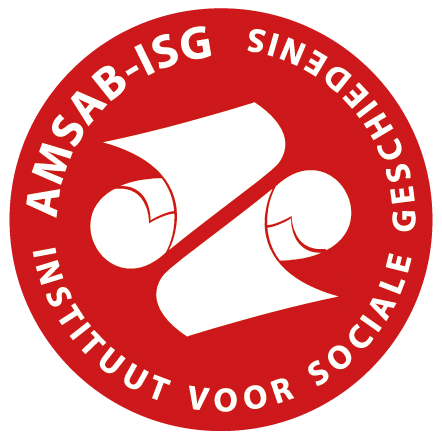Hoewel er geen historisch bewijs is van een duidelijk politiek engagement bij het paar Stone, is in hun werk een duidelijke voorkeur voor de sociale zaak te zien. Vanaf de Berlijnse jaren en de sterke banden tussen Sasha Stone en het proletarische theater van Erwin Piscator, of het Belgische decennium, gekenmerkt door hun vele foto's voor de Belgische Werkliedenpartij en Misère au Borinage, tonen de Stones graag een link met het socialistische gedachtegoed. Veel van hun foto's weerspiegelen de regels van de 'linkse politieke fotografie': de interesse in 'kleine stielen', het tonen van sociale ellende en de heroïsering van de arbeidersfiguur. Tegelijkertijd ontwikkelen Cami en Sasha Stone een interesse in anekdotische, zelfs pittoreske beelden van het dagelijks leven. Ze fotograferen bijvoorbeeld vaste bezoekers van wielerwedstrijden of marktpleinen. Het boek Gent, gepubliceerd in 1936, bevat veel voorbeelden hiervan.
Fotogalerij





